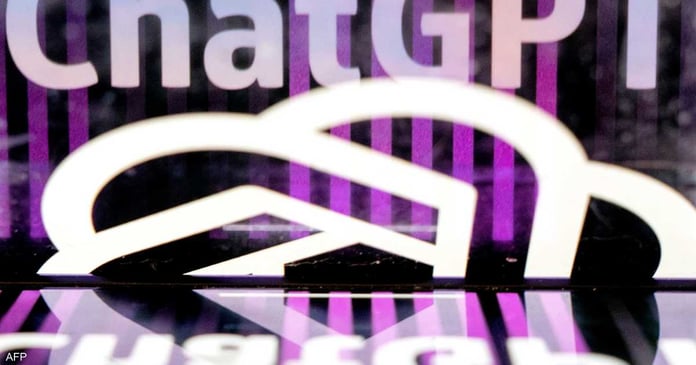Police in northwest China’s Gansu province said a suspect had been arrested “for using artificial intelligence technology to fabricate false and incorrect information”.
The case first came to the attention of the County Police Bureau’s online service when they discovered a fake news article claiming nine people had been killed in a local train crash on April 25.
Kong Tung County cybersecurity officials found the article, which was simultaneously posted by more than 20 accounts on local Baijiahao, a blog-style platform run by Chinese search engine giant Baidu.
And Beijing had issued a law that was implemented last January governing the use of “deepfake” technology, and these laws define deep forgery as the use of techniques such as deep learning and augmented reality. , to create text, images, audio, video and create virtual scenarios.
About 10 days later, a police team ransacked Hong’s home and computer and detained him.
The police statement said Hong inserted fake social stories popular in China in recent years into ChatGPT to quickly produce different versions and upload them to his Baijiahao accounts.
Gansu’s public security department said Hong was charged with the crime of “stirring up trouble”, a charge that carries a maximum sentence of five years, but in cases considered very serious, offenders can be jailed for up to five years. 10 years and impose additional penalties.
In 2013, Chinese authorities extended the crime of “stirring up trouble” to people suspected of spreading fake news or rumors online.
China’s top internet regulator has long feared that the unsupervised development and use of deepfakes could lead to them being used for criminal activities such as online scams or defamation.
Chinese regulations, introduced jointly by the Cyberspace Administration of China, the Ministry of Industry and Information Technology and the Ministry of Public Security, stipulate that videos and photos captured using deepfakes must be “clearly labelled” to avoid public confusion.
Previously, regulation of deepfakes was prevalent in several jurisdictions, but the move to implement stand-alone regulation shows that China is keen to curb the rapid development of the technology and the regulatory challenges it faces.
One of the most popular, albeit notorious, applications of deepfakes is deepfakes, in which synthetic media are used to swap one person’s face or voice for another.
Detection of such content is made more difficult by advances in technology, which is now used around the world to create fake celebrity videos, produce fake news and perpetrate financial fraud.
Social media platforms such as Twitter and Facebook have also introduced measures to detect and prevent the spread of misinformation generated by deepfake technology.
Read the Latest World News Today on The Eastern Herald.

